Introduction
Dust mites are microscopic arachnids that feed on dead human skin. They have been around for millions of years and can survive almost anywhere. Dust mites are harmless in small numbers, but they can cause allergic reactions in people who are allergic to them. A good way to control dust mites is with an air purifier that has true HEPA filtration; however, there are other steps you can take as well.
What are dust mites?
Dust mites are tiny creatures that live on the surface of your mattress and pillows. They love to eat dead skin cells, which is why they are attracted to people. Dust mites are not insects, they are arachnids like spiders.
Dust mite infestations are common in North American homes, especially during the summer months when windows remain closed for long periods of time. The most common symptoms of dust mite allergies include itchy eyes and nosebleeds as well as sneezing or congestion at night (when allergens in the home tend to be more concentrated).
Dust mite bodies and droppings are the main source of indoor allergens in many homes.
Dust mites are microscopic creatures that live in your home and feed on human skin scales. They produce allergens (substances that can cause allergic reactions) during the digestion process. The amount of dust mite allergens in the air is usually much greater than the amount of other airborne particles, such as pollen or pet dander. Dust mites thrive in high humidity environments and temperatures between 70°F and 80°F, so homes with central heating/cooling systems can have more problems with dust mites than homes without these systems. In addition, people with allergies or asthma may be particularly sensitive to the allergens produced by dust mites.
Look for a room air purifier that has True HEPA filtration.
If you're looking to completely eliminate dust mites from your home, look for an air purifier that boasts "True HEPA" filters. These are made of very fine fibers that can capture particles as small as 0.3 microns—about one-third the width of a human hair. True HEPA filters are more expensive than other types, but they're also able to remove odors and gases from the air by trapping them in the filter's fiber network. This makes them great for people who suffer from allergies or asthma: the fine filtration means there's less dust particles floating around in the air to clog your nasal passages when you breathe it in!
True HEPA filters work best when used on their own—that is, without additional types of filters—but it's still possible to combine different kinds of air purifiers into one system (for example, an ionic purifier with a UV light). The best way to get rid of allergens like dust mites is by having multiple layers of protection against them throughout your home; having both an ionic and UV light would be even better!
Make sure you change your filter when you're supposed to.
Make sure you change your filter when you're supposed to.
The life of your air purifier's filter depends on the model and whether you have pets or smoke in the home, but it's generally recommended that you change it every three months or so. If you don't change this part of the unit, it will just be a waste of money because it won't be able to do its job properly.
Cleaning is easier than changing filters!
If you want to clean your filter instead of replacing it, there are some easy steps for doing this: First, turn off and unplug your machine; then brush off any dust or pet hair from both sides with an old toothbrush (or some other kind). Then put some water in a bowl and soak one side until all residue has been removed; let dry completely before putting back into place in front of fan blades (which helps keep things moving smoothly). Don't forget how important regular maintenance is when caring for any type of piece of equipment—this includes cleaning out lint buildup inside vents—and remember that sometimes replacing parts may actually save more money than trying something else first!
Even with an air purifier, routine cleaning is still important for keeping dust under control.
Even with an air purifier, routine cleaning is still important for keeping dust under control. Use a vacuum cleaner with a HEPA filter and clean the filter regularly. You should also clean your home on a regular basis (once per week should be sufficient) to ensure that you're removing dust mites as they come into your home. Finally, keep pets out of bedrooms or remove their bedding from the room when they aren't in it.
Dust mites are most commonly found in carpets and mattresses, but they can also be present in other types of upholstery materials like pillows and blankets too so it's best to avoid these materials altogether wherever possible if you want to eliminate them completely from your bedroom environment
Air purifiers can help remove dust mites from the air, but other measures are also needed.
While it's true that air purifiers can help remove dust mites from the air, other measures are also needed. Here are some tips:
Use a HEPA filter. These are the most effective and efficient filters for removing airborne particles, including mites. However, you'll want to make sure you change them regularly—weekly or monthly depending on how often you use your purifier—to ensure that they're working at maximum efficiency.
Keep pets out of the bedroom when possible. Animals shed their dander into the air through saliva, which contains dead skin cells and scales (and in cats' cases, hair). This dander is typically small enough that it can't be seen with the naked eye but still large enough to aggravate allergies and affect sleep quality by causing sneezing fits while asleep! Keeping pets outside at night will reduce this issue significantly; if they must come inside because of severe weather conditions like heavy rain or snowfall then confine them to specific areas like bathrooms so as not to disturb areas where people sleep (including couches).
Use a humidifier during winter months when heating systems run continuously throughout buildings at high temperatures 24 hours per day 365 days per year without any breaks whatsoever no matter what kind of weather condition exists outside those buildings.. Humidifiers increase moisture levels within homes while providing comfort during cold temperatures too warm ones too hot ones too cold ones any temperature really just don't let yourself get dehydrated because dry air sucks...
Using an indoor humidifier will help keep dust mites from living in your furniture and carpeting.
If you have a humidifier, using it will help keep dust mites from living in your furniture and carpeting. You should clean your humidifier regularly and change its filter regularly as well.
products to consider
The best air purifiers for dust mites are those that have a true HEPA filter. The HEPA stands for high-efficiency particulate arrestance, and it is a type of filtering technology that can be found on many air purifiers. It removes 99.97% of particles 0.3 microns or larger in size, which includes dust mites and other allergens in the air you breathe.
True HEPA filtration systems should be able to remove 99% or more of airborne particles down to 0.3 microns in diameter (though not all true HEPA filters do this) while having a minimum efficiency of 95%, meaning they must capture at least 95% of these particles as they pass through the filter media (again not all true HEPAs meet this standard).
Conclusion
While air purifiers can help remove some dust mite allergens from the air in your home, it's important to remember that they're not a cure-all for this problem. You'll also need to do your best to keep up with regular cleaning (especially vacuuming) of surfaces where dust mites live, as well as keeping humidity levels high enough so that allergens don't thrive there either. And if you have asthma or other respiratory problems, you should probably talk with your physician before using an air purifier at all!

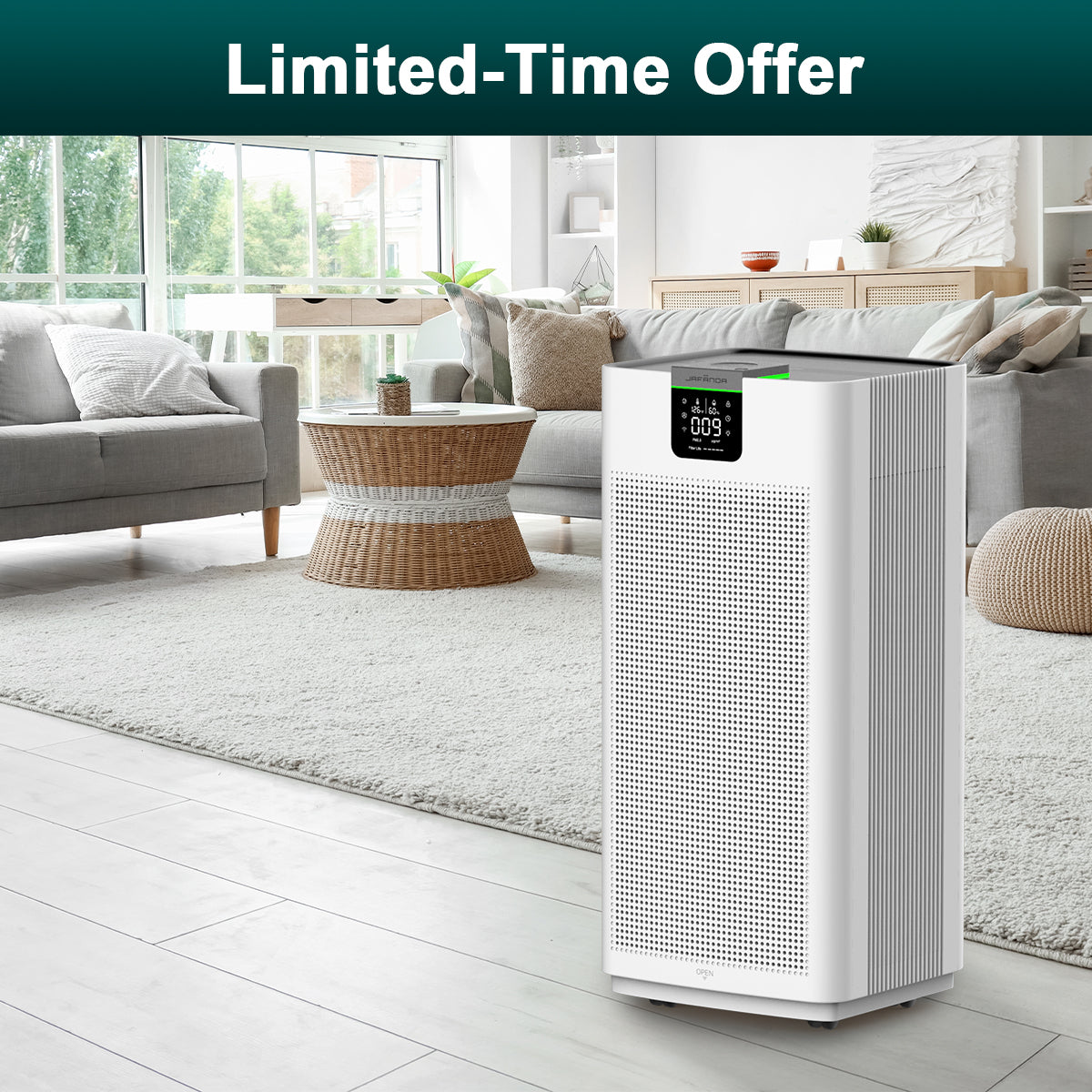
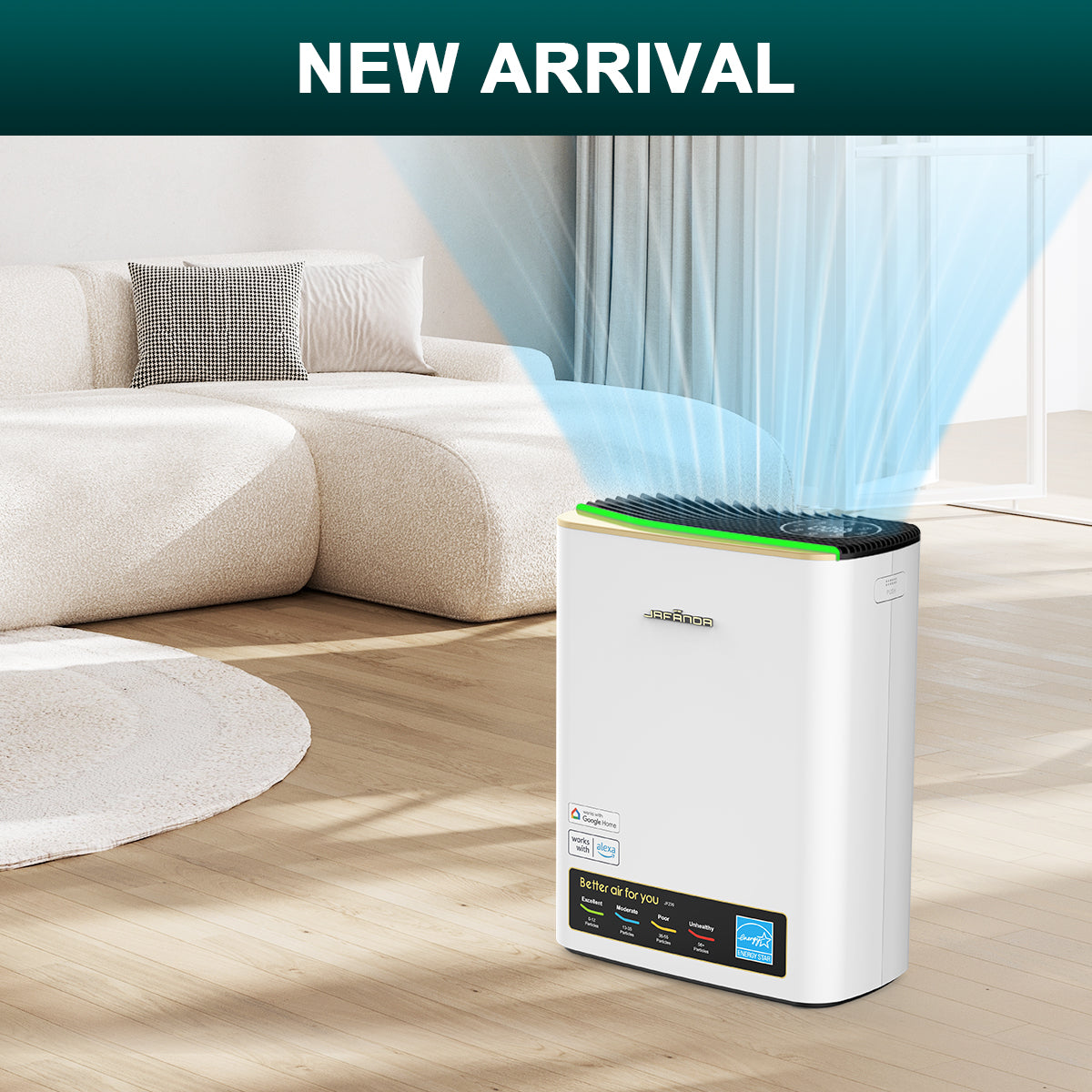

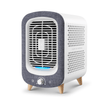
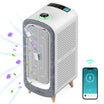
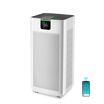
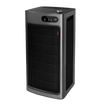
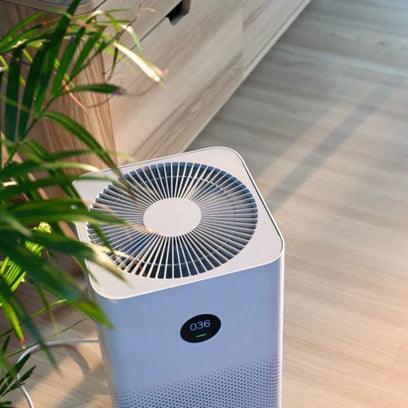
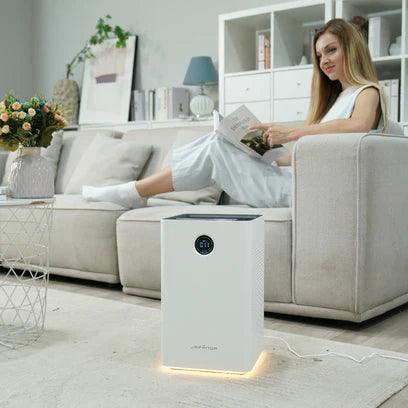
Leave a comment
This site is protected by hCaptcha and the hCaptcha Privacy Policy and Terms of Service apply.